Modern interventions
Artists' Materials
The miniature of the Mass of St Gregory shows extensive flaking and loss of paint, especially along the top and right-hand side. These correspond to areas where the paper backing, onto which the leaf had been pasted, has been partially removed. These damaged areas were retouched in the late 19th century using cobalt blue and lithopone. The latter pigment was first produced c. 1850 and became widely available in 1874, allowing us to establish a post quem date for this intervention. Brass powder was used to retouch losses in areas originally painted with shell gold.
The partial paper removal as well as the restoration were probably carried out under the ownership of Charles Brinsley Marlay, who preserved the notes handwritten in 1856 by the previous owner Thomas Miller Whitehead, and then bequeathed the leaf to the Fitzwilliam Museum in 1912.
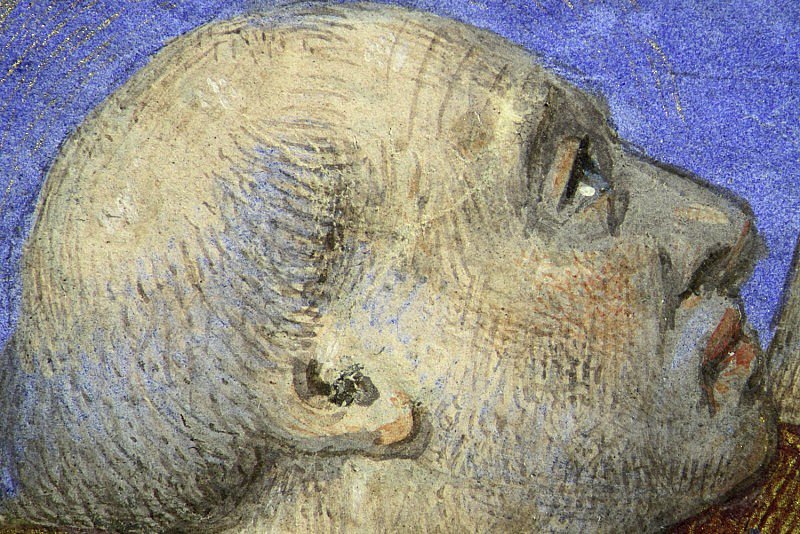
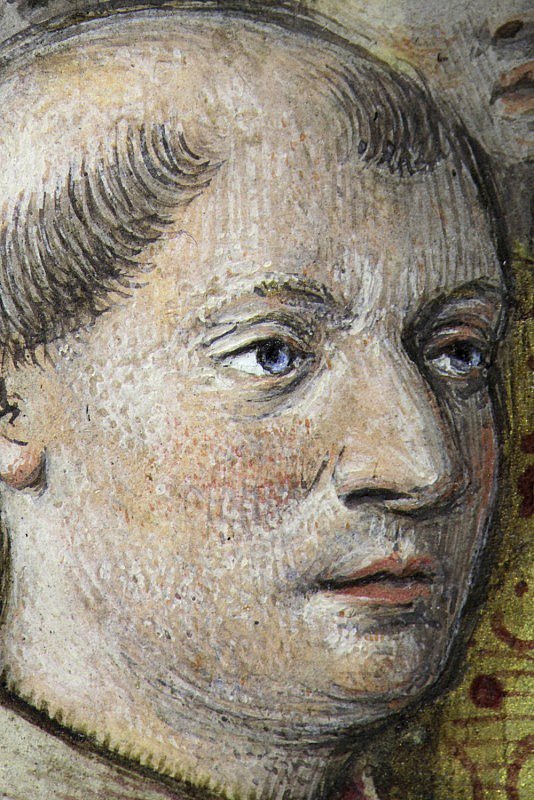
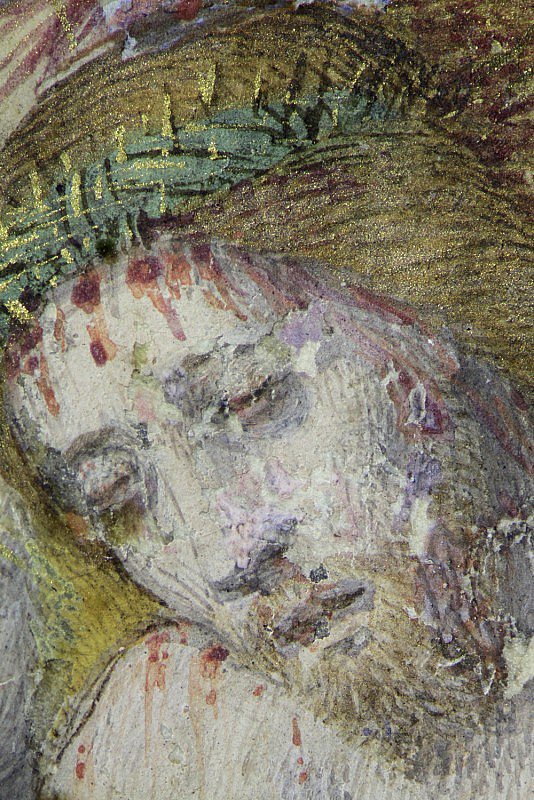
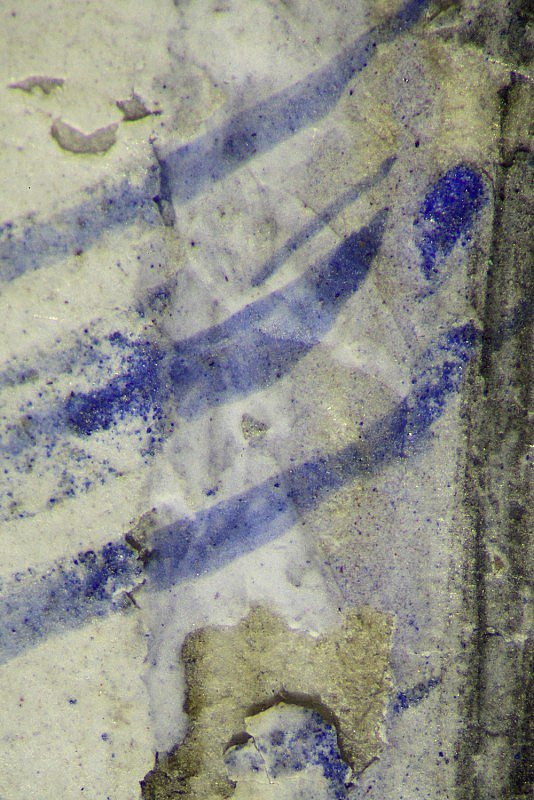
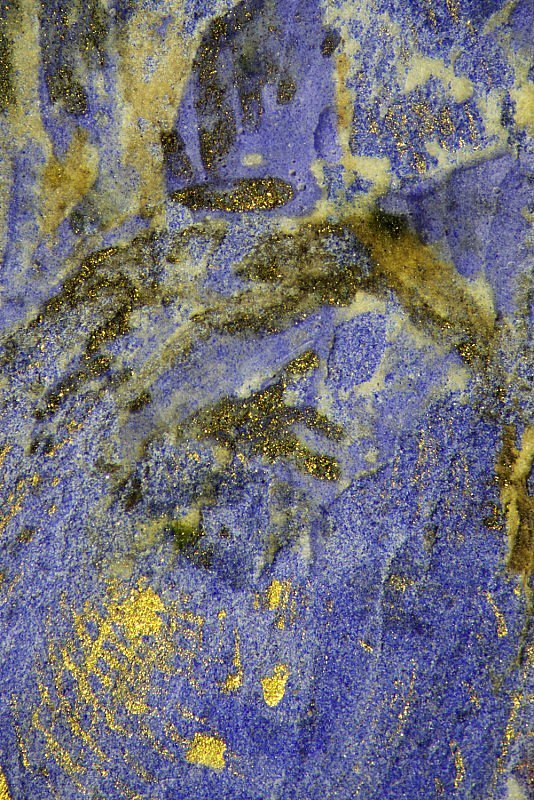
Mass of St Gregory (Prayer recited before Mass)
According to tradition, while Pope Gregory the Great was celebrating Mass, he had a vision of the wounded Christ. Gregory’s mystical experience was widely interpreted as confirmation of the truth of the doctrine of transubstantiation (the belief that during the Mass, the bread and wine are miraculously transformed into Christ’s body and blood). In this miniature, Christ looms above the altar, with blood flowing from his wounds. Dressed in gleaming white garments, two angels support his slumped figure. Clasped in the hand of the angel on the right are the three nails used to fasten his hands and feet to the cross. Surrounded by silver-lined clouds, more angels, painted in azurite over an ultramarine sky, bear additional emblems of Christ’s death and suffering (Arma Christi).
Charles de Martigny kneels near the altar, behind Pope Gregory the Great (c. 540-604) who holds the host aloft. Charles is dressed in a white liturgical garment (an alb), rather than more ostentatious vestments. The delicate execution of the figures, the individualized likeness of the patron, the red, swollen eyes of Christ’s grief-stricken attendants, and the treatment of his dead body find close parallels in other works by Jean Bourdichon.
The text of the prayer continues on the reverse, which is decorated with a one-sided, vertical border in the outer margin of pink and blue acanthus and floral sprays on a gold ground, and a bird. The text is mostly obscured by paper pasted onto the reverse.
Related content: Leaves from the Hours of Charles de Martigny
- Artists: Jean Bourdichon
- Owners: Charles de Martigny
- Texts and Images: Mass of St Gregory
- Description and Contents: Physical Description
- Description and Contents: Script and Textual Contents
- Artists' Materials: Differences in palette
- Artists' Materials: Modern interventions
- Artists' Techniques: Painting the flesh
- Artists' Techniques: Painting with gold